Training a network in TensorFlow
Introduction to TensorFlow in Python

Isaiah Hull
Visiting Associate Professor of Finance, BI Norwegian Business School
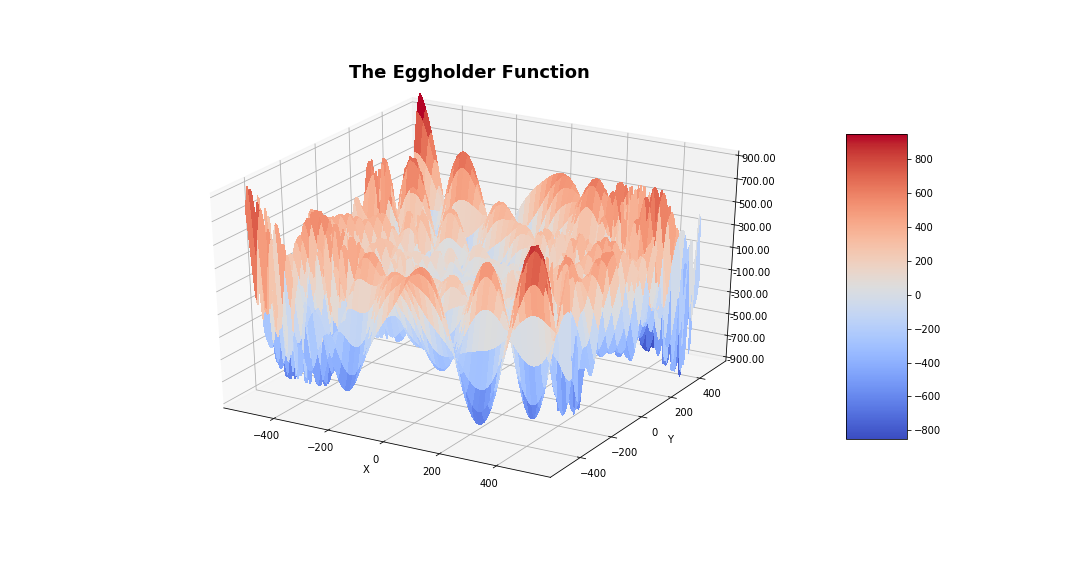
Random initializers
- Often need to initialize thousands of variables
tf.ones()may perform poorly- Tedious and difficult to initialize variables individually
- Alternatively, draw initial values from distribution
- Normal
- Uniform
- Glorot initializer
Initializing variables in TensorFlow
import tensorflow as tf
# Define 500x500 random normal variable
weights = tf.Variable(tf.random.normal([500, 500]))
# Define 500x500 truncated random normal variable
weights = tf.Variable(tf.random.truncated_normal([500, 500]))
Initializing variables in TensorFlow
# Define a dense layer with the default initializer
dense = tf.keras.layers.Dense(32, activation='relu')
# Define a dense layer with the zeros initializer
dense = tf.keras.layers.Dense(32, activation='relu',\
kernel_initializer='zeros')
Neural networks and overfitting
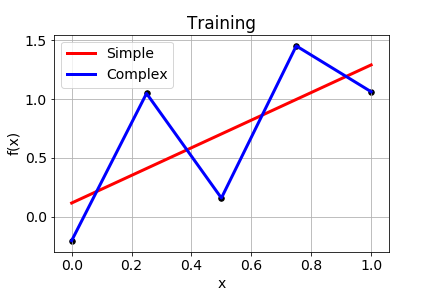
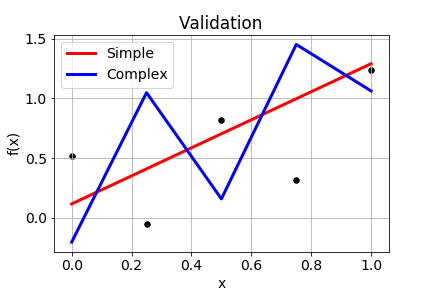
Applying dropout
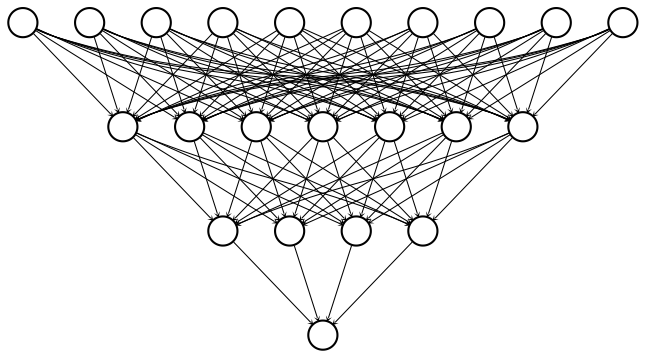
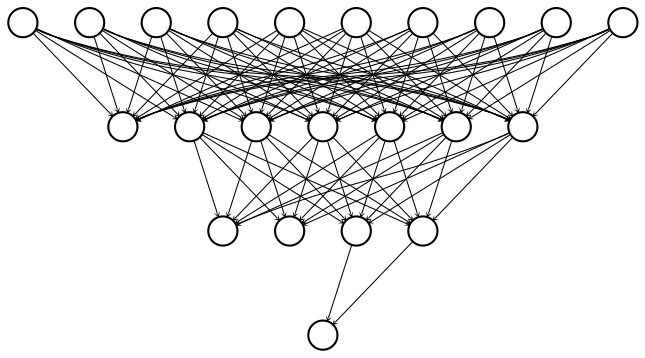
Implementing dropout in a network
import numpy as np
import tensorflow as tf
# Define input data
inputs = np.array(borrower_features, np.float32)
# Define dense layer 1
dense1 = tf.keras.layers.Dense(32, activation='relu')(inputs)
Implementing dropout in a network
# Define dense layer 2
dense2 = tf.keras.layers.Dense(16, activation='relu')(dense1)
# Apply dropout operation
dropout1 = tf.keras.layers.Dropout(0.25)(dense2)
# Define output layer
outputs = tf.keras.layers.Dense(1, activation='sigmoid')(dropout1)
Let's practice!
Introduction to TensorFlow in Python

